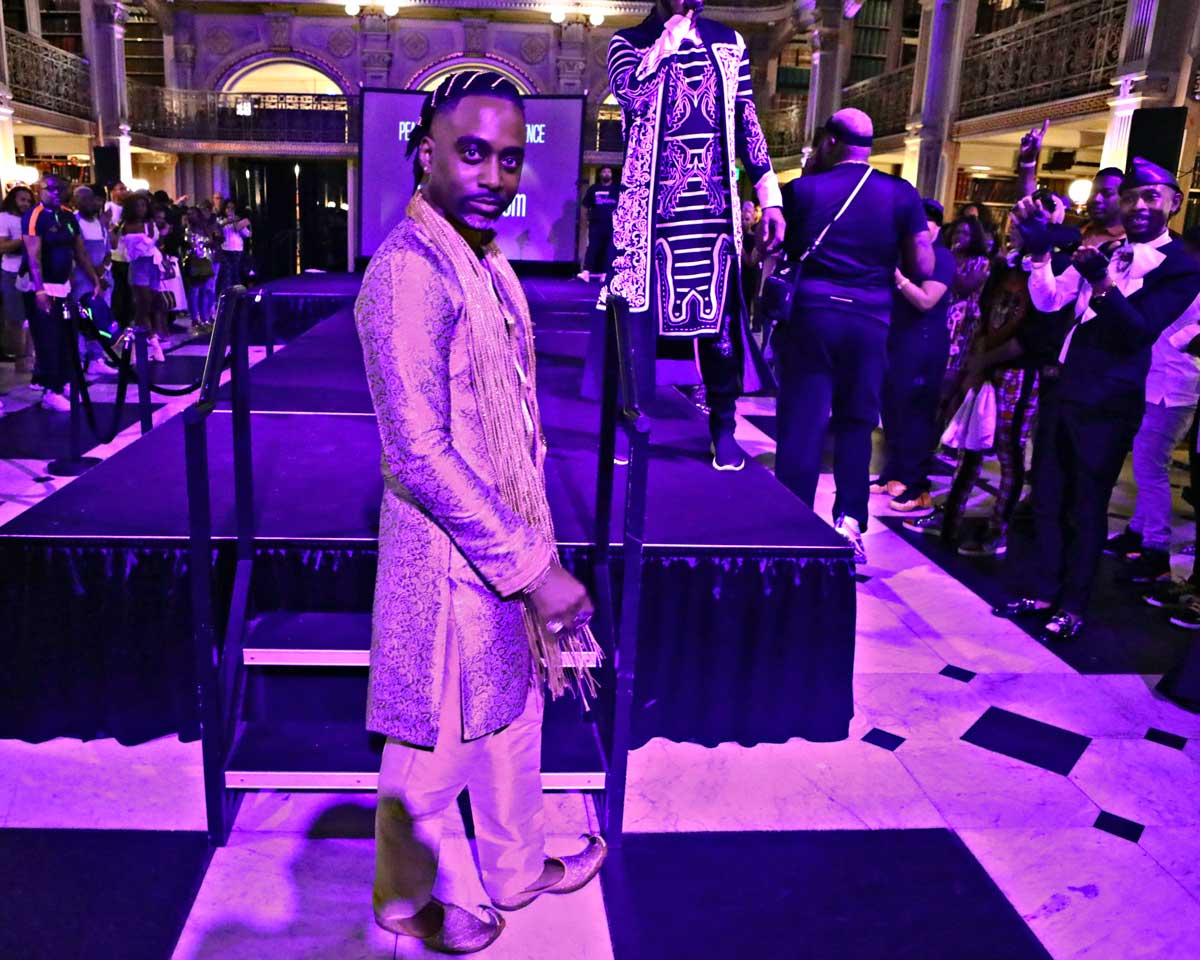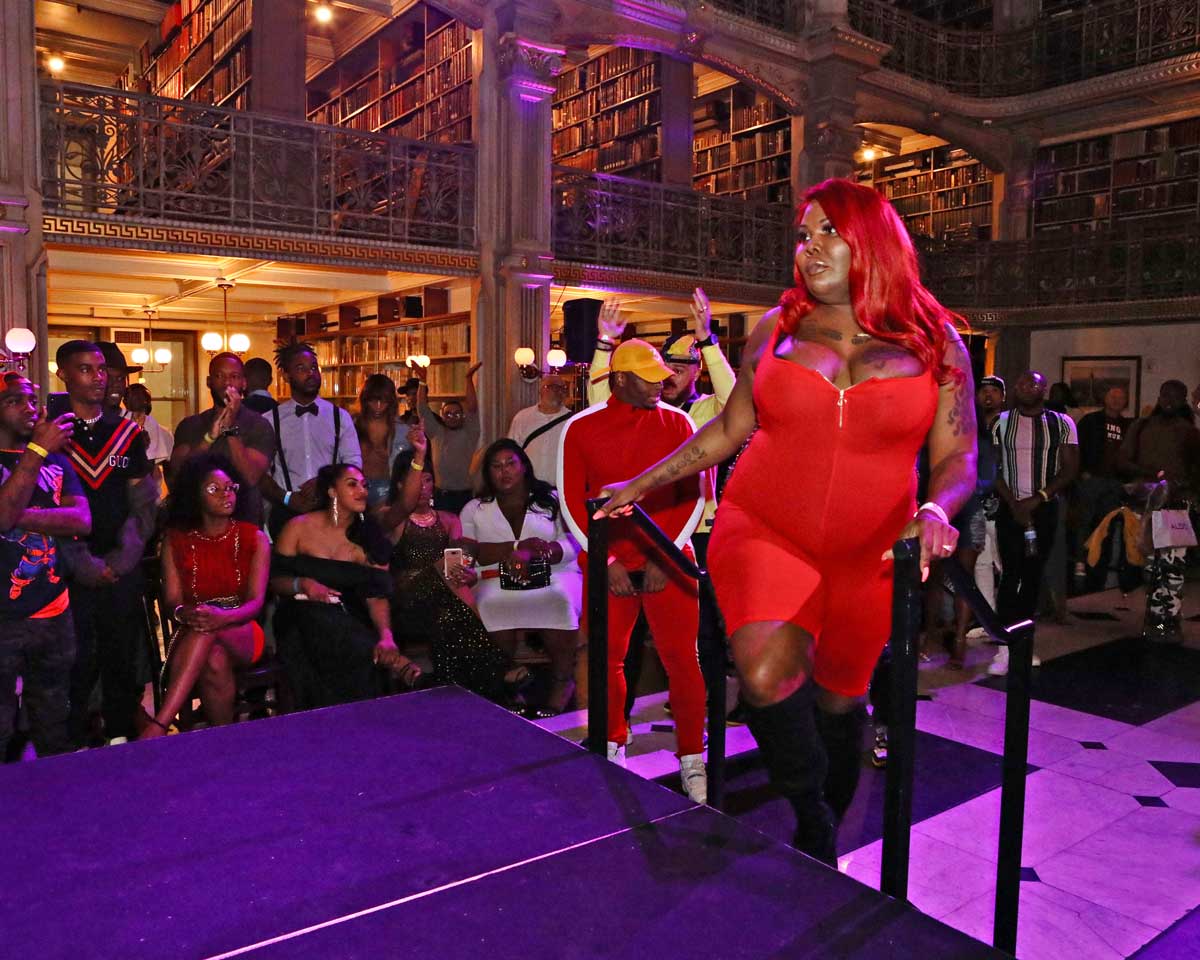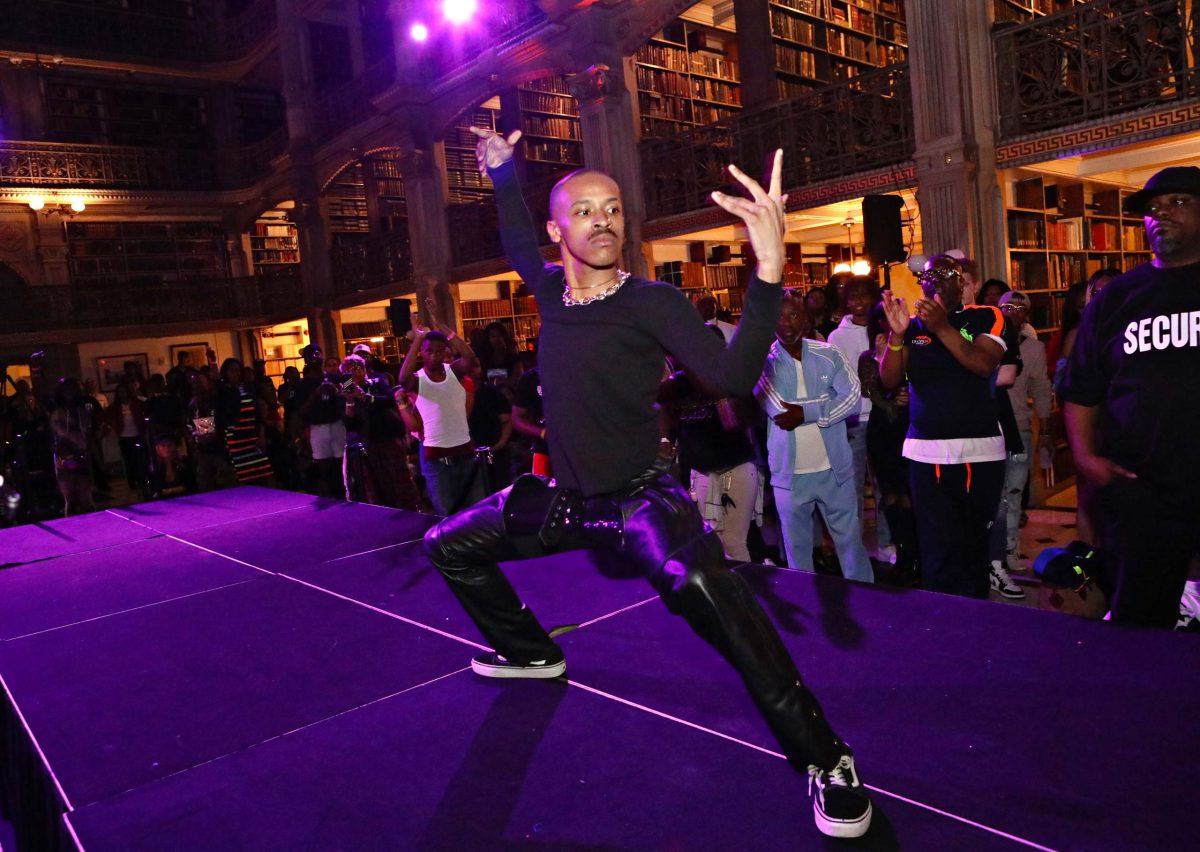ORAL HISTORY
Dr. Joseph Plaster and his students have recorded and transcribed the following oral histories.
BALLROOM ARTISTS:
Icon Enrique Allure St. Laurent: 3/12/2019
Icon Lisa Revlon: 4/9/19
“That legend came to win, just like with a legend of a dragon slayer. You have to slay that dragon to be the next dragon slayer.”
Oral history by Joseph Plaster
Audio portrait edited by Marios Falaris
Icon Marquis Revlon Clanton: 3/20/19
Legendary Rhonda Carr: 3/28/19
“After those fears come, you just get into the moment and take the moment for what it is, and you just ooze into who you’re supposed to be at that time.”
Oral history by Joseph Plaster
Audio portrait edited by Marios Falaris
Icon Sebastian Escada: 2/18/2019
Alvernian Davis AKA Alvernian Prestige: 3/24/2019
“If you didn’t like that person, you would stand into that circle and that was your fight right there. Y’all two battle in that circle, and sometimes friendships was built out of that.”
Oral history by Joseph Plaster
Audio portrait edited by Marios Falaris
Father James Icon: 5/9/2019
“When I joined the house of Revlon, I didn’t want my friends who wasn’t in houses to know just yet because at that time, ballroom had a very bad name.”
Oral history by Joseph Plaster
Audio portrait edited by Marios Falaris
Sandy Dior’e: 1/29/2019
“If you can make it in ballroom, in all the shade that all of the people that’s in the ballroom community throws at you, you can make it anywhere.”
Oral history by Joseph Plaster
Audio portrait edited by Marios Falaris
Grey Sun AKA Grey Mizrahi: 1/17/19
Icon Peanut Revlon: 4/2/2019
“I used to turn my water on in my cell and let the water drop, and the noise I hear of the drops, that’s what I would vogue to, to keep my pace when I was vogueing.”
Oral history by Joseph Plaster
Audio portrait edited by Marios Falaris
Icon Enrique Allure St. Laurent: 3/8/2022
Keyanna Monae Devoreaux-Vorhees: 03/04/2022
“She put me in her house and our bond kind of grew from there. Like it began to be more than just ballroom.”
Oral history and audio portrait by Henry Noren and Andrea Villicana
PEABODY BFA DANCE STUDENTS:
The Peabody Ballroom Experience continues to record life stories with members of Baltimore’s ballroom community. Please contact us if you are interested in recording your story.
BALLROOM HISTORIES:
In June 2023, Baltimore Histories published a three-part series analyzing the Peabody Ballroom oral history collection. Part one explores coming of age experiences and the key concept of “moments.” Part two emphasizes the planning for the inaugural Peabody Ball, the history of titles in Baltimore’s ballroom scene, and Baltimore’s status as an “underdog city.” Part three focuses on three ballroom figures affiliated with the House of Revlon and two student collaborators enrolled in the Peabody BFA Dance program.
Icon Sebastian Escada
“My name is Sebastian Escada. I’m an Icon from the house of Escada. I walk fashion categories including best dressed, foot and eyewear, labels, anything that has to do with fashion and ballroom. I’ve been in ballroom for 25 years. I’ve just been inducted into the hall of fame this past weekend and I first started walking balls in 1995.
I think there’s a misconception that ballroom, at the end of the day, is just for fun. That’s just a small piece of ballroom. I think ballroom helps to bring [together] people together dealing with different crises in their lives. There are people in ballroom that may have been suicidal. There may have been people in ballroom who were homeless. But when they join these houses, 99 percent of the time, the leaders of the houses connect them with different things outside of ballroom that will help them along with having a productive life and a better lifestyle living outside of ballroom.
There are people in ballroom who are doctors. They have doctor’s degrees. They are sitting on boards of different organizations. They are doing extraordinary work in the community…. I think that ballroom helps to create a place where the youth that’s coming in definitely have a system or a vessel to get to a point where they can have any type of financial or any type of need they need, medical assistance, to help provide them with a better lifestyle.
If you are really doing what you’re supposed to do in ballroom, you should be doing those same things out of ballroom. That’s the purpose of ballroom: to give you growth and give you the confidence you need to go outside to have that job that you always wanted, to live that lifestyle you believe exists, to be the person you always believed you thought you were when nobody believed in you.”

Icon Sebastian Escada. Photo by Gerard Gaskin.
Legendary Mother Monique West
“I’m the Legendary Mother Monique West. I currently walk fem queen realness, fem queen body, fem queen sex siren, and fem queen performance.
Fem queen performance is a transgender woman voguing through expression. How it started out is you’re telling a story. You’re bringing your personality to the floor in vogue. So you get to let people know what type of person you are. I found a way to express my inner femininity that nobody really knew about. It was the best feeling in the world because you get to really praise being feminine. You get to swing your hair. You got the nails, the bracelets. All the stuff that you enjoy about being a woman you get to bring to the floor and you’re praised for it.
When I first came [to ballroom], I was amazed. I was amazed because I had never ever seen transgender people before. You start to learn more about yourself, and things that you feel were impossible for you to do, you start seeing that it is possible. You weren’t the only one that felt this way as a child growing up. Ballroom is the reason why I found out who I was. Other than that, I wouldn’t have found out, because I would have never saw people like myself.
A gay mom is pretty much the same as a real mom. It’s just they have to nurture you for the gay ballroom scene, the same way you’re nurtured by your mom-mom that you’re birthed by in real life. So I can recall [my gay mother] teaching me safety methods, of how to be safe, just being gay in the city of Baltimore, telling me a persona that I had to keep up so I could get tens at the ball…I helped so many people out and I eventually became the [mother] who brought me into the scene. It passes down. That’s why I say in some kind of way we’re like one, big, large family.
What I like about [the Peabody Ballroom Experience] so much is that it’s gonna be documented. So years down the line you’ll be able to tell people, ‘If you want to learn about ballroom, you can go the Peabody Library and find out about it,’ and it’ll be here. It makes [ballroom history] just as important as everything else that’s in the library because it’s here. They wouldn’t want it here if it wasn’t of some type of importance. I think that’s a really, really big deal.”

Legendary Mother Monique West preparing to compete in Legendary Performance. Photo by Gerard Gaskin.
Grey Mizrahi
“My name is Grey Mizrahi. I grew up in Baltimore City, Park Heights Avenue. I’m classically trained in dance, actually, like, ballet, tap, jazz, and I danced as a kid, so I can, like, pick up just about any dance.
[Vogue] is adaptation, like, for everyone. It’s not like something I can be like have a book: “How to Vogue.” No. No one teaches you anything. You pick it up. You adapt it. You kind of, like, soak it in. You have to look at people. Okay, this bitch is getting through; what is she doing that I’m not? So you look at her, first one who’s got their 10’s. And then you get that mental note, and you come back and you try to do a little something like that, but you put your own little twist on it, and then like, okay, we live for that. You get through. Yes, 10’s. And that’s the process of it all.
[Ballroom] gives you opportunities to express yourself artistically…. it gives you opportunities to push the boundaries of who you are. What you can do physically, what your mind can do mentally, it pushes you to a place of, like—’how did I just do that?’ Because I’ve seen people literally have broken legs and still be voguing down, and then after everything’s done they’re like, ‘Girl, you gotta take me to the hospital; I think I just broke something.’ It pushes you. It takes you somewhere past where you think you could go.
There’s more to a house than just competing at balls. It’s like a sense of a family, like a sense of a belonging somewhere in a way. ‘Cause I know for me personally I always lived with my mom and I always, you know, had places to go, but I know people who didn’t have anywhere to go and fell on hard times. And people in certain houses would reach out to them and help them and help them with their transitions and stuff like that. So it’s way more to a house than just voguing or runway. It’s way more to it. It’s very deep.
When the girls come in here and they see [the Peabody Library] all the way high up like that, it’s gonna give inspiration and it’s inspired by books and history and…yes, very Edwardian, very gothic. So it’s gonna be ovah….This is a grand scale. Ballroom is a grand scale. Ballroom is a lot to see. Like the looks is very over the top and the dance itself is very over the top and walking runway is very over the top. So this place is big. So it’s deserving of ballroom. Ballroom is deserving of it.”

Grey Mizrahi competing in “Old Way.” Photo by Gerard Gaskin.
Icon Lisa Revlon
“I’m Lisa Revlon. They call me an Icon. I’m from the Bronx. I was born in New York. We moved to Baltimore when I was in the fourth grade. From three on up, I just knew that I was different, so I’d been dealing with the inner me and wanting people to accept me for, first, being human.
The first time that I heard about ballroom, I was hanging out in the club scene with older people. Some take you underneath their wing ‘cause they actually see something, potential in you, and they wanna mold you into something and pass the knowledge and experience on to you, so you don’t make the same blunders and mistakes they did. So I took their advice and started going to a club in New York before my time….The Revlons had their first ball in Jersey, and the second ball, we had here in Baltimore at Club Fantasy, so in essence, I did bring all that madness to Baltimore.”
The positive thing for me for ballroom was the unity of the family. It was really family. Like, I can actually say it was definitely a family-based thing, and that was the beauty of it. We bed out. We cooked. We ate. We went to funerals together. [Ballroom] became my extended family. And I don’t wanna use the word ‘extended,’ because they are family. I’m thankful that I am a Revlon. I’m thankful for their friendships. I’m thankful for their relationships.”
Icon Lisa Revlon recognized at the Peabody ball. Photo by Gerard Gaskin.
